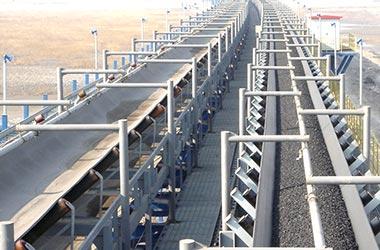Since they are used extensively in manufacturing lines and transportation, belt conveyors are vulnerable to troubles on a regular basis. Discover out the top problems and issues of conveyor belts to know when you should get in touch with belt conveyor providers.
Conveyor belt troubles can be categorised into 3 types: issues on habits of the belt on the conveyor line; troubles on the belt connections or splicing; and problems on the cover. Different sources can trigger these issues, however fixing them will not be a trouble with the aid of belt conveyor makers.
Behavioural Problems
At any point the belt can lift, slip off, or be crookeded at particular sections of the conveyor belt. This can be triggered by certain components of the entire system, and not constantly by the belt itself. Examine the idlers, conveyor frame, instances of straining, and the products being communicated on the belt. These kinds of troubles can easily be handled by resplicing, improving the belt guiding, and improved loading. Some adjustments may be needed, which would need the assistance of professionals. In other instances, cleaning, removing build-ups and lubrication might just address these problems. Conveyor belt manufacturers need to be approached if the option needs setting up brand-new products.
Splicing and Links
The splicing of the belt is bound to posture a problem as conveyor belts age. When splice failure happens, most typically the concern lies with belt stress. To solve them, the stress must be minimized by altering the speed, resistance, and friction of the conveyor belt.
Cover Issues
Damages to the bottom and leading covers are most likely brought about by the degeneration of the quality of the rubber the longer a conveyor belt is used. Of all the troubles, cover issues are the most substantial. Symptoms consist of fractures on the carcass, cuts, splits, gouges and babble marks, separation of the belting, regional wear, and the softening or hardening of the covers. Sometimes the cause could be as usual as having dirty parts. In some cases, it can be faulty and low-grade components. Solutions to these are large, and might require the help of specialists to pinpoint the specific sources. However these may consist of modifications to the system, speed, lots, parts replacements and improved steering.
Other more challenging concerns can develop from the continuous use of belt conveyors. However know that these can quickly be resolved with the assistance of UK belt conveyor providers.
This informative site www.conveyorrollers.co.uk provides extensive more information on the main topics conveyer belts.

